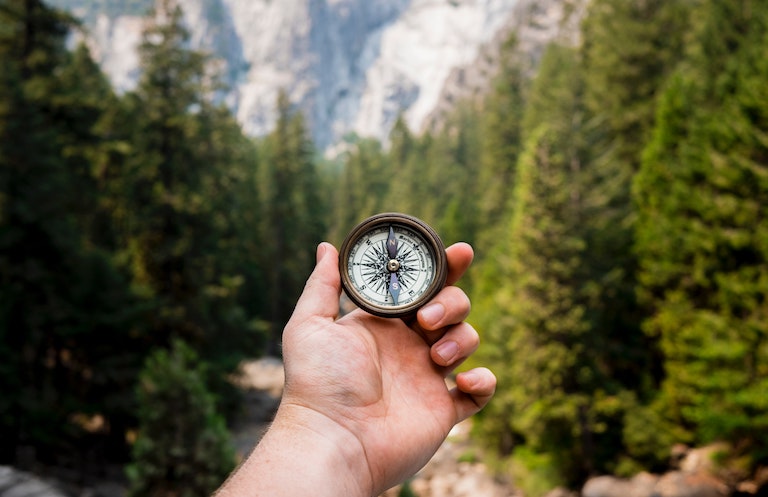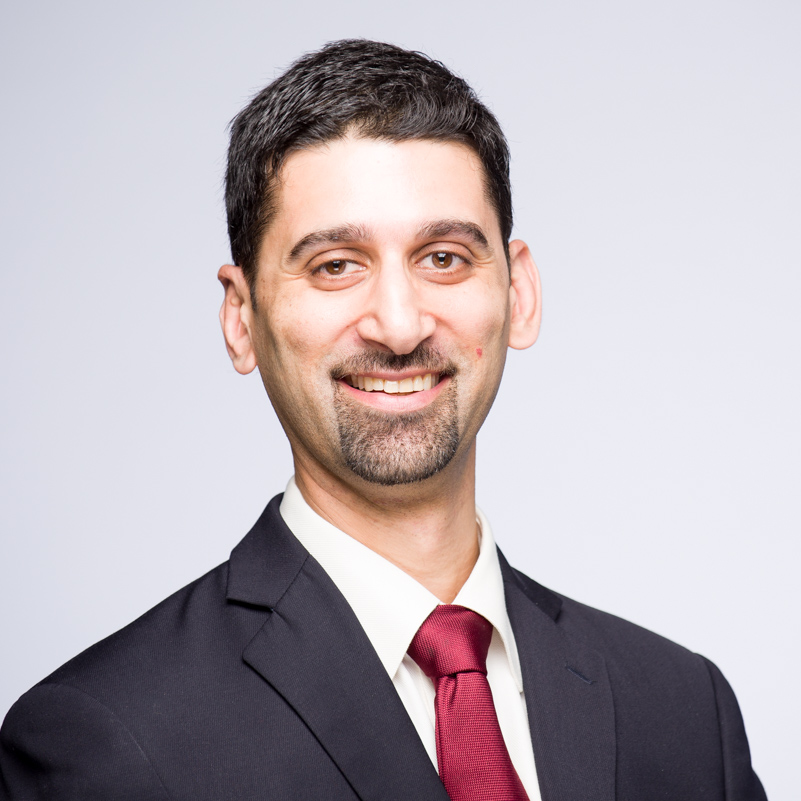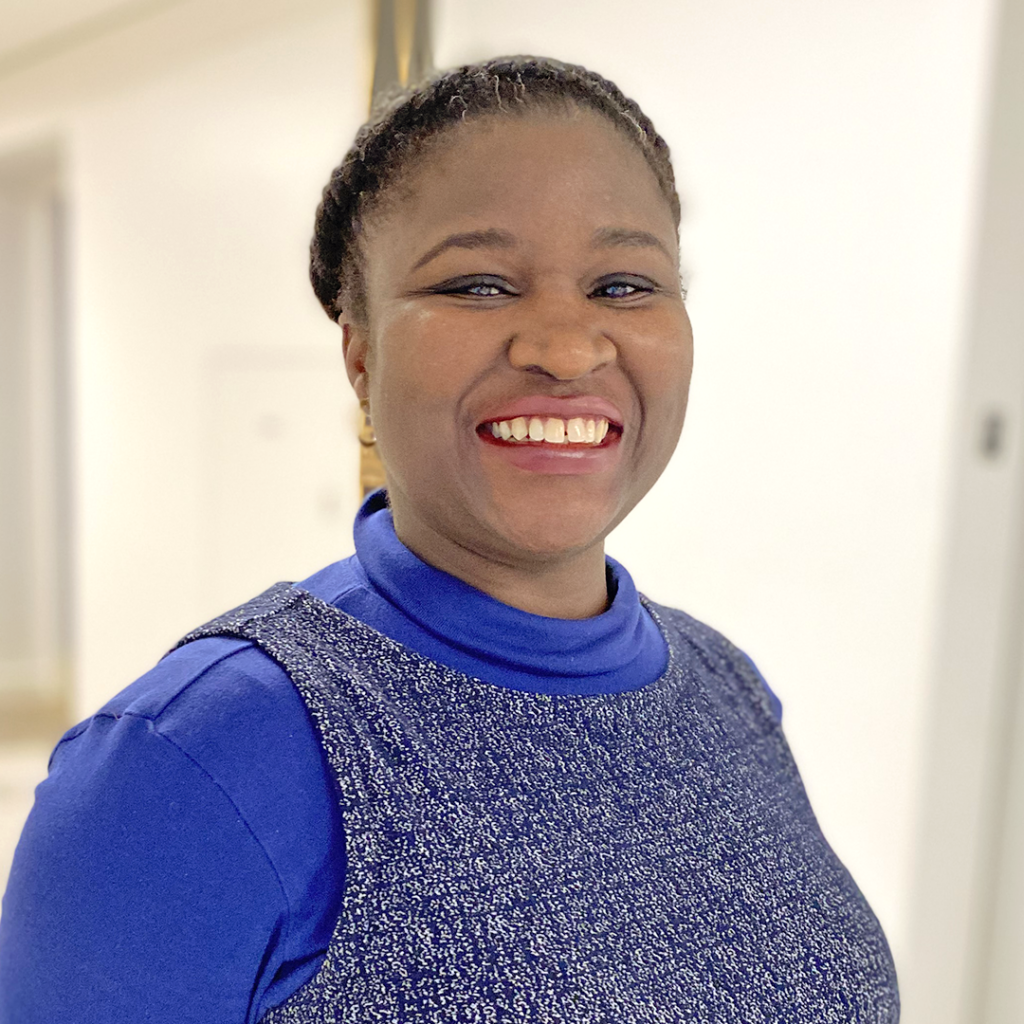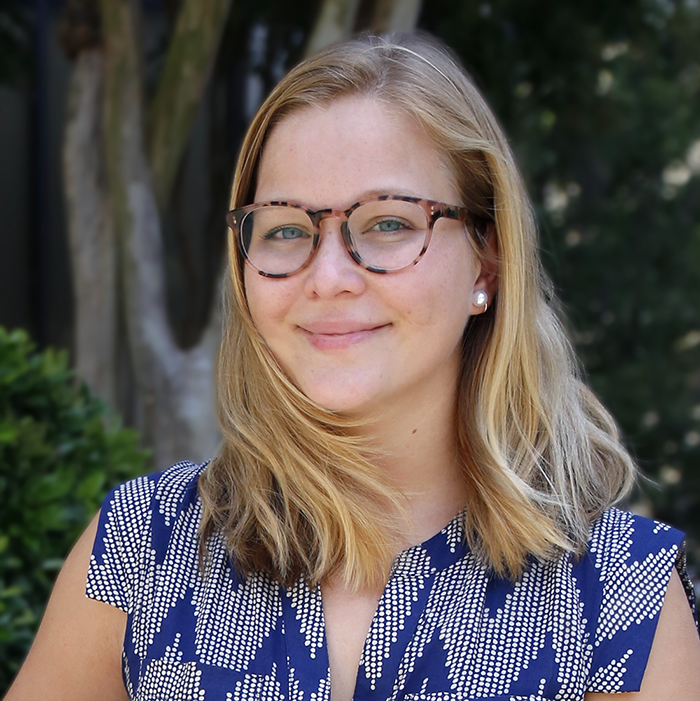How do listening and learning move us toward more equitable solutions?


“The utility sector needs more empathy!” Those were the words of one participant during a recent virtual SEEA member meeting hosted by our energy efficiency policy (EEP) team. The group was discussing future innovation in utility energy efficiency programs in response to COVID-19 safety precautions.
Since the onset of the pandemic, SEEA has been connecting with our members and partners to understand the impact of the immediate and long-term changes to the energy industry. Through this outreach the EEP team identified three key issues important to our network: energy efficiency workforce, energy insecurity, and utility energy efficiency programs. By this summer, we were starting to see and hear that utilities were likely to retain some of the changes they made to their utility energy efficiency programs including virtual audits, installation, and verification. Targeting and engaging customers remotely exposed existing challenges for historically underserved communities such as broadband access, lack of capital, and the need for innovative financing options.
On September 16, the EEP team brought together member utilities, service providers, and manufacturers to discuss industry innovations. The agenda included the design and delivery of energy efficiency programs, and how these changes might affect existing inequities.
What happened was far more interesting.
When policy manager Claudette Ayanaba introduced the equity discussion, the passionate response carried us in an entirely different direction than planned.
The route to equitably delivering the benefits of energy efficiency programs did not depend on innovation in technology, or insight drawn from the multiple crises we are currently facing. Instead, we heard a heartfelt urging for empathy and understanding.
Utility Energy Efficiency Programs Need Cultural Context
Most programs appear to be designed for “all” customers. However, when those doing the designing are predominately white and male, we cannot effectively capture or respond to the needs of historically underserved customers, which are most often minority communities. Enlisting a diverse workforce, particularly leadership, improves our ability to capture and integrate important factors into energy efficiency programs that equitably distribute their benefits. One member offered a specific and common example that a home with a hole in the wall won’t see meaningful results from a smart thermostat. While utilities can’t fix holes in the wall or other building conditions, designing programs that ignore these realities maintains a system of inequity.
Minority Communities Are Interested in the Environment and Conservation
Another member shared that Black, Hispanic, and other non-white communities have historically been perceived as less interested in energy and environmental issues, even though there is ample evidence to the contrary. If this belief is carried into the design of energy efficiency programs, even unconsciously, then those programs are less likely to benefit non-white customers.
Utilities Have Opportunities to More Holistically Engage Their Communities
One utility is helping Black families retain and manage their forest property, leveraging resources from the U.S. Endowment for Forestry and Communities. While it may seem unusual for a utility to engage in forestry, the utility has worked with landowners to develop microgrids on their farms, which supports the utility’s grid, reduces line losses, increases reliability, and spurs economic development in one of the poorest counties in the United States. The program treats past injustices, present inequity, and future opportunities for the entire community.
The Energy Efficiency Workforce Needs Teachers
Change may come from the top, but the contractors interacting with customers on a regular basis play a critical role in implementing the environmental, financial, and health benefits of energy efficiency. However, not all contractors are trained or encouraged to help customers understand and capitalize on the energy efficiency opportunities available to them. Taking time to listen to the needs of customers, establish trust, and lead them through the process for making upgrades improves program success and sustainability.
Building a more energy efficient, prosperous, and equitable Southeast requires all of us at times to be both teachers and students. We value and seek out your stories, your triumphs and challenges. We want to learn from our members, partners, and community-based experts on how we can work together to leverage energy efficiency for everyone.
Join us for an upcoming event!

Cyrus Bhedwar Director of Policy Email Schedule a call View Bio

Claudette Ayanaba Policy Manager Email Schedule a call View Bio

Emme Luck Policy Associate

